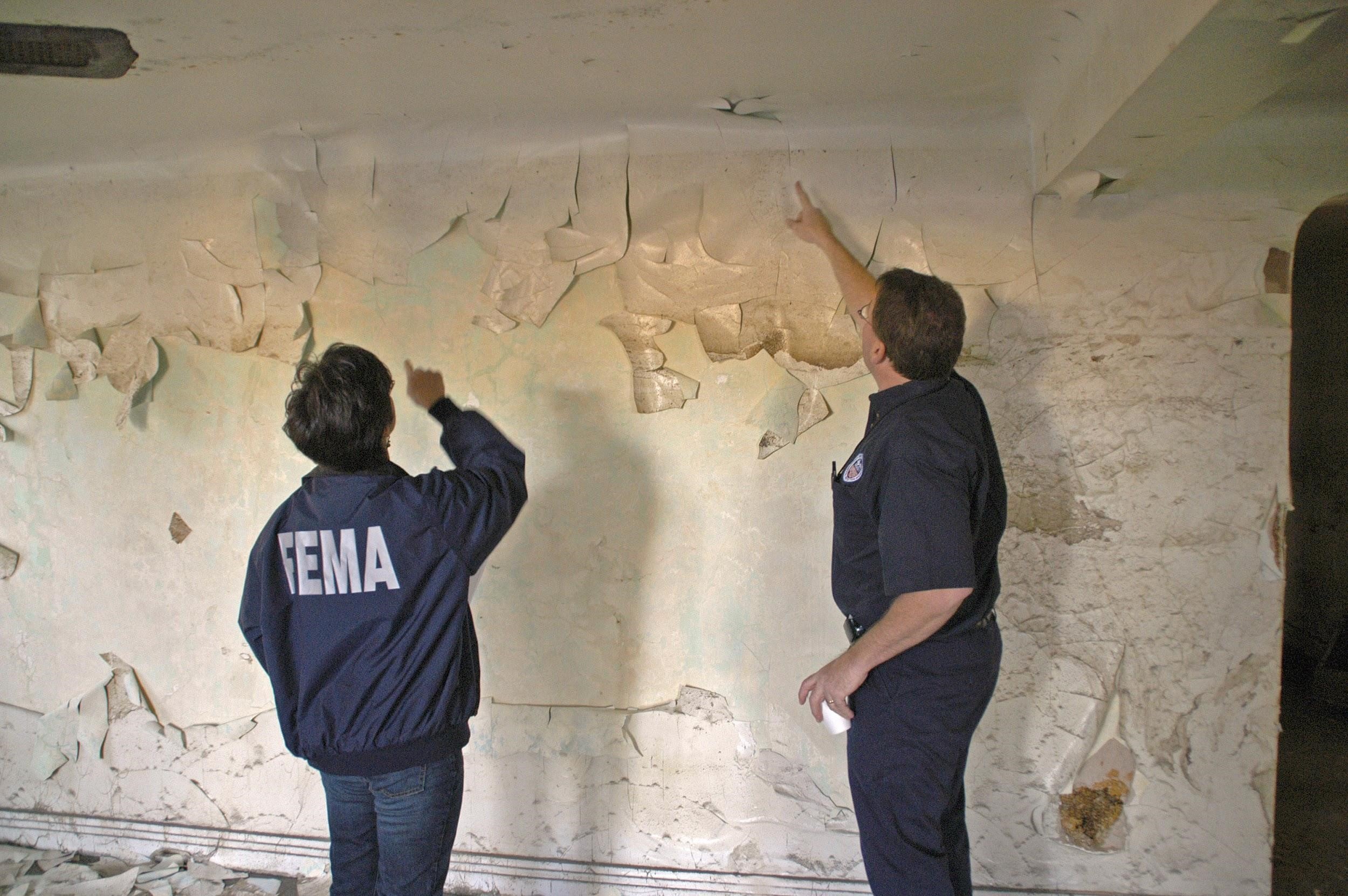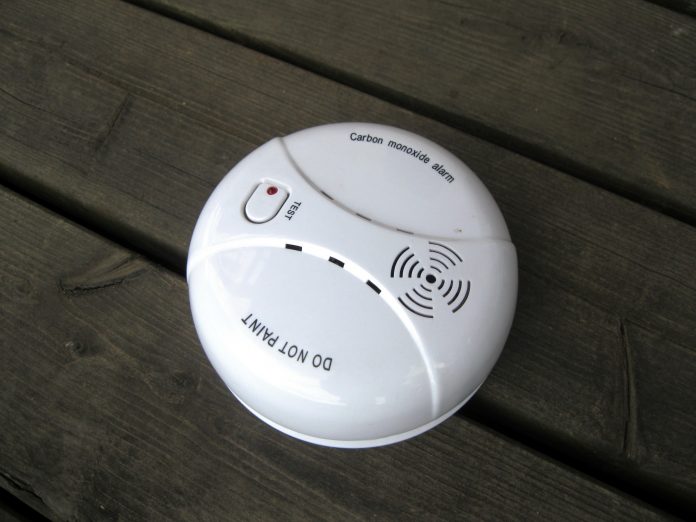If you’ve been starting to feel queasy or light headed and can’t put a reason to it, it could be the result of leaking toxins in your home. Dangerous gases and old construction materials are some of the most common culprits. Here are a few hazards to look out for in your home.
Radon
Radon is a colourless and odourless gas that comes from the earth. Whist mild exposure may cause coughing or wheezing, prolonged exposure could cause more serious harm. In fact, Radon has been proved to cause lung cancer in many cases. The gas will generally only enter your home unless you have cracks in your basement or faulty foundations. Getting this damage fixed up and keeping your home well ventilated can eliminate the risk of radon poisoning. There are specialist radon testing kits that can check for this deadly vapour.
Carbon monoxide
Another almost untraceable gas is carbon monoxide. A leak from a gas pipe or hob can be fatal, although you may get a few days of nausea and lightheadedness beforehand. Installing a carbon monoxide monitor in your home is the easiest way of detecting this gas. You should open all windows and get out of the property the moment you suspect there to be a gas leak.
Asbestos
Proclaimed as a miracle material for being fire-proof and a great insulator, asbestos later turned out to be highly toxic. It has since been banned in construction, although many properties still have it in their walls. Asbestos is only dangerous when damaged, at which point flakes can come off and be breathed in causing a cancer known as mesothelioma. Many homeowners will still choose to get rid of it upon discovering it. There are professional companies that carry out asbestos reports to check for this material in your home. If you discover it in your home, you should not attempt to remove it yourself.

Lead
Like asbestos, lead has been banned in construction after it was found to be poisonous. Lead was once used in water pipes, as well as paint. Many lead pipes have been removed, although old properties may still have traces of these pipes. Lead paint meanwhile can still be found on the walls of many homes (flakes of lead paint can be deadly if ingested). You should hire a professional lead removal service to deal with this substance. You can also buy lead test kits for checking for lead in your water or for checking paint.
Mould
Mould is a common fungus that grows on walls that are damp. It can cause colds and respiratory infections. Mould in air conditioning units can meanwhile contribute to legionnaire’s disease. You should scrub off mould the moment you see it. Keeping your home well ventilated and dehumidified can help stop mould growth. As for air conditioning units, these should be cleaned out annually to stop any bacteria or mould build-up.

















